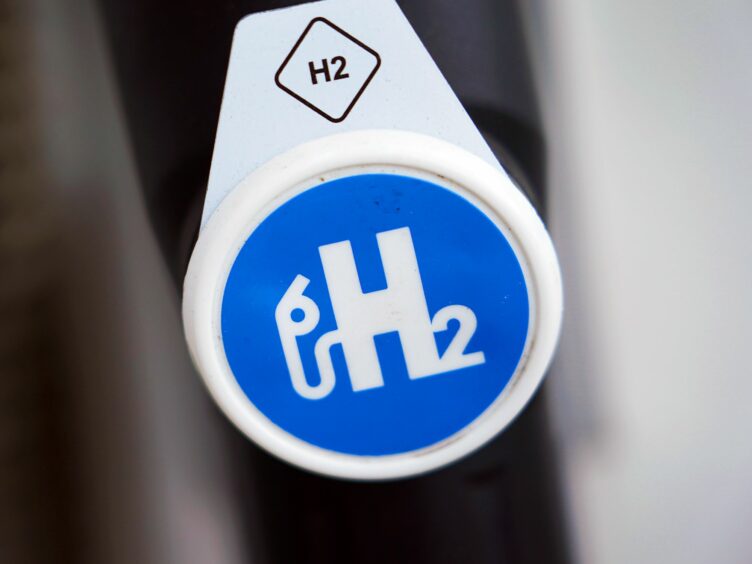
The development of a global hydrogen economy relies on industry and governments overcoming a “chicken and egg” dilemma, according to a new report.
Research from the World Energy Council claims that a gap currently exists between hydrogen and supply and demand, with both lacking “secure volumes” from the other.
Prepared in collaboration with accountancy giant PwC and the Electric Power Research Institute (EPRI), the briefing shares various hydrogen demand scenarios, country and regional-level priorities and identifies enablers and barriers for large-scale development.
The study, entitled Hydrogen on the Horizon, claims there are “significant challenges” to scaling up the fuel.
Foremost among them is that hydrogen is not yet cost competitive with other energy suppliers.
But, there are “encouraging signals”, with a growing number of projects starting up.
And with the appropriate policies and technologies to enable scaling up, some projections suggest that hydrogen could be economically viable as soon as 2030, the World Energy Council said.
Meanwhile, the report claimed the development of numerous hydrogen technologies, all of which are at different levels of maturity, has created a “complex landscape”.
Multiple paths are currently being explored and most approaches are still on the table, creating a “pressing need” to better understand the real potential of clean hydrogen.
Angela Wilkinson, secretary general and chief executive of the World Energy Council, said: “Hydrogen on the Horizon’ puts the focus on the role of hydrogen users and demand, moving beyond traditional supply-centric energy perspectives.
“With demand forecasts showing such large variations in consumption forecasts I’d say that nations and society at-large would-be better-off training for the pentathlon rather than the 100 metre sprint or the high jumps.
“Successful, just and equitable worldwide energy transitions will test the ingenuity, skills and collaborative abilities of all nations.
“How countries want to produce and consume clean energy, and their immediate national priorities, will shape large-scale hydrogen development and end-user uptake.
“Identifying end-user priorities and triggers for enhanced demand is critical to better understand hydrogen’s real potential in creating decarbonised societal futures”.
The study also found that countries’ views on the clean fuel’s potential role in the energy transition are vastly different, with national strategies showing significant differences across the world.
An assessment of global hydrogen demand scenarios shows estimates varying between 6% and 25% of final worldwide energy consumption by 2050 – that depends on competition from other clean energy sources.
On the issue of supply and demand, the Middle East and North Africa are currently more focussed on the former, while Asia and Europe are prioritising the latter.
Jeroen van Hoof, global energy, utilities and resources leader at PwC Netherlands, said: “As momentum intensifies around energy transitions, big steps are being made towards the replacement of fossil fuels with low carbon alternatives, and hydrogen has a big role to play.
“This decade is crucial to develop hydrogen projects along with the infrastructure to produce, transport, import, distribute and use hydrogen at large scale.
“If we do this successfully over the next few years, it can pave the way for hydrogen demand to grow exponentially beyond 2030.
“Additionally, hydrogen has the potential to create skilled jobs along the entire value chain, which connects almost all sectors of our global economy.”
Neva Espinoza, vice president, energy supply and low-carbon resources at EPRI, said: “The development of hydrogen as a source of energy is larger than the colour debate.
“Colours were assigned to assist in the communication of hydrogen sourcing, but the focus should be on the carbon intensity of hydrogen and the potential for large-scale deployment.
“This will be far more useful for groups and individuals seeking to achieve their decarbonisation goals.”
Recommended for you

